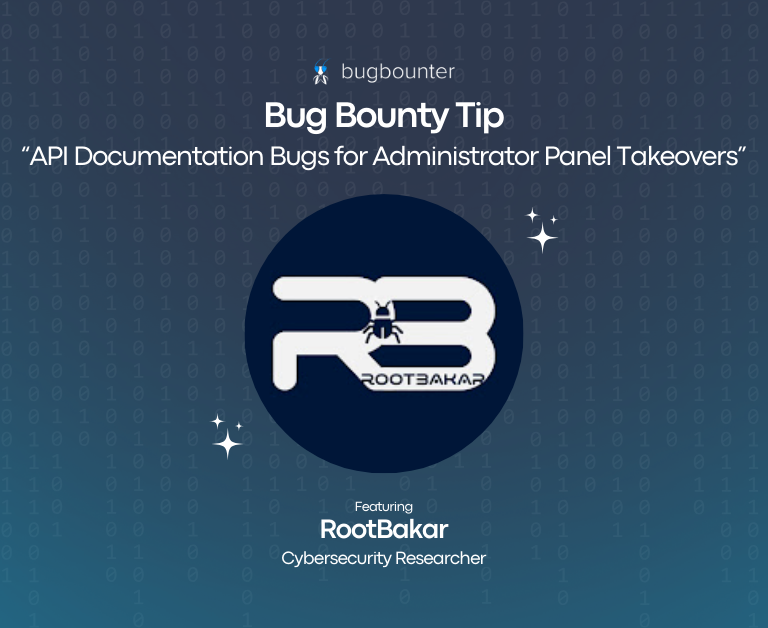Common cyber threats against digital companies have risen significantly in the last several years. The first two months of 2022 reported more cyber crimes than in 2018, according to data by CERT-In. The number used to be as low as $3 trillion in 2015. With rapid and indefinite technological growth, new and equally developed threats to security arise. A whole new host of cybersecurity threats have placed the world on high alert. Companies constantly look for malware, data breaches, vulnerabilities, etc.
Cybersecurity has become as integral a part of our lives as locks on our front doors. Cybercrime poses grave threats to company and customer data alike. Small and medium-sized enterprises fall victim to cyber-attacks more commonly. This is a consequence of a lack of investment in multi-layered cyber security measures such as publishing a bug bounty program.
What are Some Common Cyber Threats?
Businesses are run online, and all activities are becoming online-based. Such growing reliance on the internet has given rise to new, more sophisticated forms of cyber attacks. It is only likely that these threats will develop and present themselves in an increasingly brutal fashion over time.
While threats may seemingly spring up on companies, consequences take longer to present themselves, which may be further attributed to the lack of proper cybersecurity awareness that prevails in the business world. Small companies must take cyber awareness as seriously as big names in the industry.
Cyber threats to companies may take on multiple forms. Here’s a brief list of three common cyber threats digital companies face:
Third-Party Exposure
In today’s business world, all tasks are either automated or outsourced. It benefits businesses in multiple ways. Automation helps reduce the risk of manual error and the need for human intervention. Outsourcing gives companies the benefit of optimal time management while simultaneously achieving their standard task benchmarks.
With third-party business relationships becoming the norm, the risk of security breaches through those channels increases.
Third-party Exposure is the process by which an attacker uses third-party channels to breach their primary target’s tech infrastructure. Companies that outsource their business tasks usually implement proper security measures. But if the third-party sources lack the appropriate protection, a hacker can breach their networks and devices to gain unauthorized access to their primary target’s data.
Here’s a prime example of third-party risk:
In 2021, a company called Socialarks had its data breached. Socialarks is a digital company that was a third-party entity in relationships with Facebook, Instagram, and Linkedin. This data breach caused a massive leak of private and personal information of over 214 million users. Information like users’ phone numbers, email activity, and social media activity was leaked, which exposed millions of social media users to threats of identity theft, personal security risks, cyber threats, etc.
In the future, third-party risk will become increasingly prominent owing to the post-pandemic trend of outsourcing. Independent contractors, freelancers, and vendors, among others, are all third-party channels that pose threats to a company. It is essential to vet these channels and ensure they meet the necessary security criteria before onboarding.
Phishing
Since the beginning of email communication, phishing has been a standard method of breaching confidential information. Phishing is a method to gain unauthorized access to users’ credentials. A hacker can send infected emails that prompt users to enter their credentials into a seemingly normal web page query. These emails are embedded with viruses and malware. Any information entered into questions led from such emails will be shared with the hacker.
Attackers commonly use phishing emails to gain access to login credentials to critical databases of a company. Phishing emails appear to be from reputable and safe sources. From credit card information theft to installing malicious software on a user’s device, phishing poses various threats. Phishing is a cyber threat that one must be aware of as it is widespread.
The initial step in combating phishing is proper training and education of employees. With an eye for detail, one can recognize phishing emails. Phishing is usually targeted at high-level employees and executives. These users are more likely to access confidential and classified data that can harm a company if breached. Through training and simulated exercises, employees can gain insight into the workings of scam emails.
Along with user training, proper network security and access control must be practiced. Layered protection must be implemented to lessen the impact of phishing-related breaches.
Ransomware
Ransomware is any malicious software installed covertly on a user’s device. This malware then proceeds to encrypt data and files on the device, which renders the files useless unless decrypted with the correct key. The hacker then demands money or favors to decrypt the user’s data – a ransom. Malicious hackers, or black hat hackers, use Ransomware to hold confidential data hostage to blackmail users into fulfilling their demands.
Ransomware is not exactly new to the world of digital security. However, Ransomware is becoming an expensive form of cyber attack with every instance. In the last year, a survey taken of 1263 professionals in the cybersecurity domain showed that 66% of the companies suffered revenue losses as a result of ransomware. Ransomware has also caused a loss in leadership roles from resignation and termination. Failure to handle Ransomware attacks might also lead to the loss of reputation in addition to a loss in revenue.
In recent times, Ransomware is becoming commercialized. Professional black hat hackers offer Ransomware as a Service (RaaS). Subscribers to the service are provided with preset ransomware, which can be used to attack their target individuals or companies. RaaS providers take a predetermined portion of the ransom as payment. It goes to show that criminals find Ransomware to be affordable and convenient for carrying out small-time cybercrimes. But the companies affected by them incur losses that are often massive and difficult to recover from.
Ransomware as a Service is a cause for concern. Such services essentially mean Ransomware incidents will only rise in number.
Take Action Against Common Cyber Threats with Bug Bounty!
The above is merely a brief list of common cyber threats. Digital transformation of all businesses as we advance is inevitable. But staying alert and constantly updating your cybersecurity awareness can be a hassle while simultaneously running your business. Malicious hackers possess the time and resources to attack a company’s workings.
The blockchain-based bug bounty platform, BugBounter offers businesses 24/7 accessibility, flexible scoping, and more than 2500 cyber security experts from around the globe. Without a valid bug report coming from the ethical hacker, there is a guaranteed ROI, and no fees are allocated. There isn’t a one-size-fits-all approach to a cybersecurity strategy. Even organizations that work in the same sector will have different requirements.
Get in touch with Bugbounter today and we will find the best bug bounty solution for your company’s needs!





